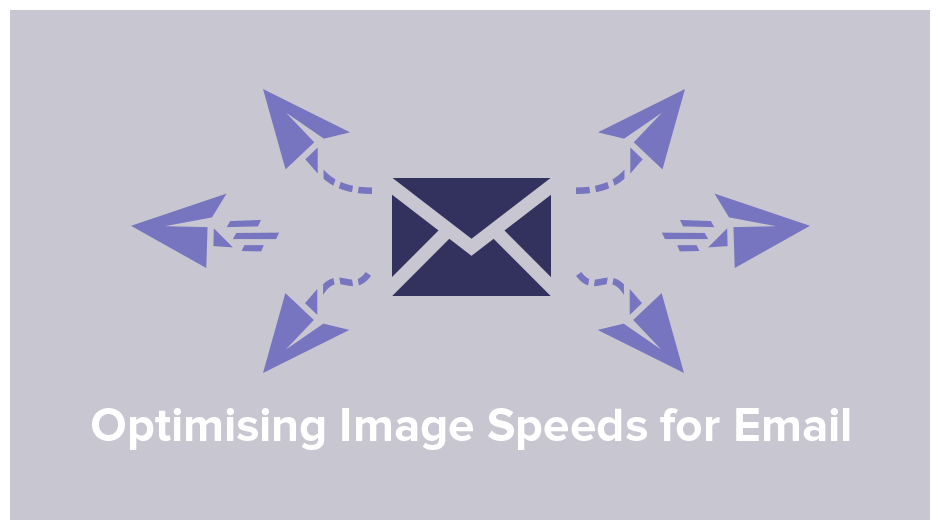
“Hooray! More marketing emails in my inbox!“, said no one ever. For any company marketing and selling via product emails is a necessary evil, but from a customer’s point of view they can be annoying, even more so if they are running slowly. The last thing your customers want is to be kept waiting on an email to render fully.
In this post we are going to look at a few ways of optimising image speeds for email with some easy to use methods and tools.
Image Compression
The larger a file is, the longer it will take to load. It might seem obvious, but this trips a lot of people up when it comes to emails.
Wether you’re embedding images or linking out, you should always compress and reduce the overall size for quicker loading content. Here’s a handful of compression tools worth using:
- ImageOptim: Mac OS based desktop compressor that’s good for jpg, png, and even gif file types.
- Compressnow: Web based compressor that’s quick to use on the fly, simply upload, it does it’s magic, and then download.
- Image Optimizer: Web based with a desktop version that allows you to specify image quality and size.
- Kraken.io: Web based with a free and pro version.

CID Embedded Images
CID stands for “Content ID”, it’s a method used to identify assets like images, store them in email, and then embed them once the user opens up the email.
CID has been around for quite some time. Mail client services like MailChimp, Mad Mimi, and Sendy all use this method to speed up load times when opening up emails.

The only downside is the overall size of the email is bigger and some mail clients may not display embedded images properly, which defeats the purpose of what you’re trying to do.
An alternative to CID is inline embedding, a simpler approach to storing images within an email.
Inline Embedding
Inline embedding is a simple way to embed images within email, doing away with MIME (stands for Multi-purpose Internet Mail Extension) so you don’t have to go digging around in code.
Embedding an image in an email requires you to have a base64 encoded string version, which is binary data to show assets like images. Tools such as ImageToBase64Converter do most of the work for you, so you can now grab the string and embed it into your email template.
The only downside with this method, much like CID embedded images, is it can increase email size which may have issues with some mail clients, not to mention can be a little confusing for novices who aren’t familiar with an email’s backend code.

So what’s another alternative?
Linked Images
Linked images are delivered from external servers, you simply need to point outwards to an image within your email’s HTML and they become rendered by the mail client.
Speed is crucial for your users, so if you’re contacting hundreds or even thousands of people then you could be in trouble pointing to a single asset, however supercharging your content through a CDN will load balance and deliver your email’s images worldwide. If you’re not sure how it works, watch the video below:
Linked images are a great way to keep your emails light and unburdened by heavy images, they don’t require a lot of technical experience, and allow for alterations after sending.
Conclusion
The first thing you should do is compress your images as no matter where they’re going to live as you’re ensuring your files are lighter and can be delivered via whatever means.
Both inline and embedded images are a good way to attach images to emails, however they can be a burden depending on file size and sometimes struggle to render within certain email clients. Linked images are a refreshing alternative, especially with a CDN in place, as they deliver content worldwide and can be edited even after emails have been sent.
Whatever option you choose, be sure to work out who your audience is, the number of users you’ll be serving to, and any technical hiccups that can get in the way.